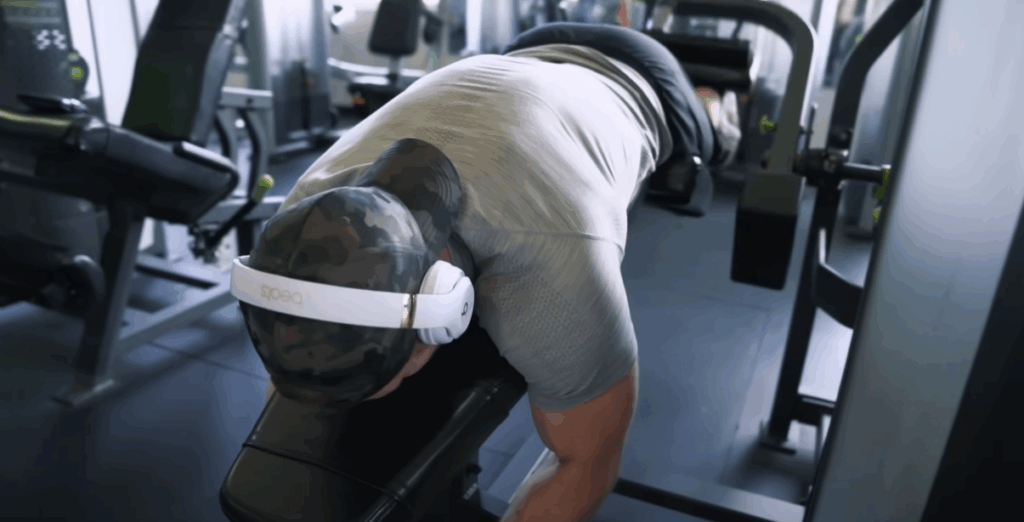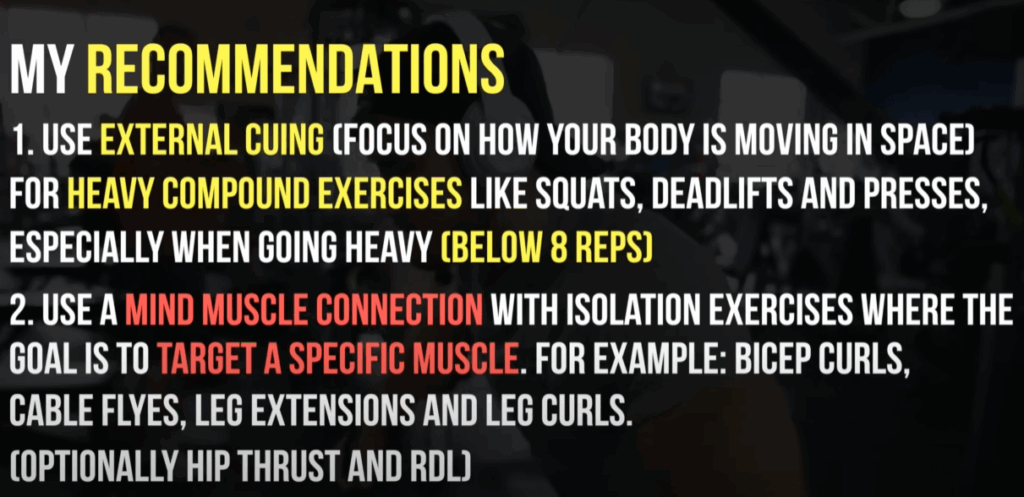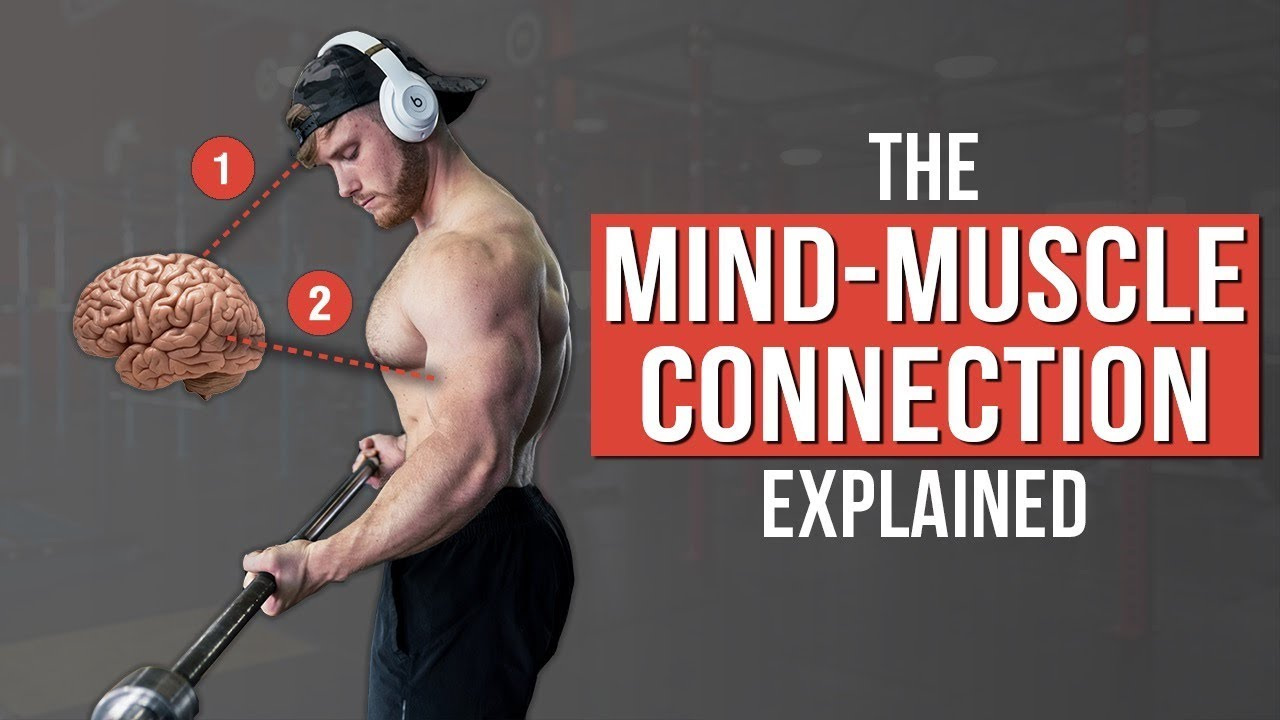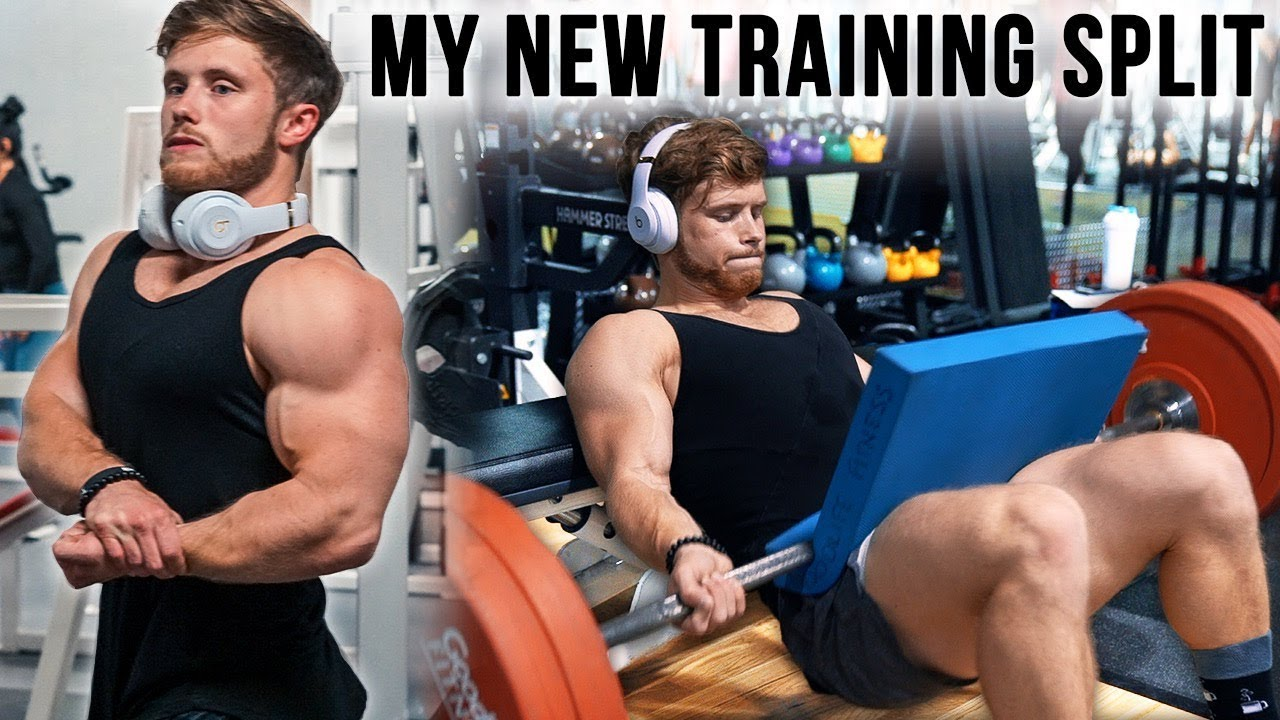In the world of weightlifting and bodybuilding, certain training cues become almost gospel over time. One such principle is the mind-muscle connection—the idea that mentally focusing on the specific muscle being worked during an exercise can lead to greater activation, and ultimately, better hypertrophy results.
For decades, experienced bodybuilders have advocated for this internal focus, swearing by the practice of “squeezing” or “feeling” the target muscle during each repetition. But how does this claim hold up under scientific scrutiny? Does intentionally thinking about a muscle really impact how much it grows? Or is this just another bro science myth?
Let’s break it down with recent evidence and what it means for your training strategy.

Understanding Internal vs. External Focus
Before diving into results, it’s essential to define what researchers mean by attentional focus:
- Internal focus refers to directing your attention inward—toward the contraction of a specific muscle during movement. For example, during a bicep curl, this would mean concentrating on the sensation and engagement of the biceps as you lift the weight.
- External focus means emphasizing the outcome of the movement itself. In the same bicep curl, an external cue might be to “move the bar upward” or “explode the weight through the range.”
Numerous studies in sport science suggest that external cues generally lead to superior performance in areas such as speed, balance, and coordination. This makes sense in skill-based sports. However, hypertrophy-focused training might be a different animal altogether.
What the Research Shows on Muscle Growth
Until recently, most of the available literature on attentional focus dealt with acute measurements like electromyographic (EMG) activation or short-term performance changes. But what about long-term gains in muscle size and strength?
A pivotal study out of the University of Birmingham in 2018 finally tackled this question in a real-world training scenario. In this randomized trial, 27 healthy young men were divided into two groups:
- Group A (Internal Focus): Participants were instructed to concentrate on contracting the target muscle during each rep.
- Group B (External Focus): This group was told simply to “move the weight” without emphasizing any particular muscle.
Over the course of 8 weeks, both groups trained two exercises: standing barbell curls and seated leg extensions. The training protocol involved 4 sets of 8–12 repetitions per exercise, taken to concentric failure, with progressive overload applied weekly.
The outcomes were surprising.

Biceps Respond, Quads Don’t—Why the Difference?
After 8 weeks of consistent training, the internal focus group saw significantly greater increases in biceps size compared to the external focus group—more than 5% additional growth. However, the same could not be said for the quadriceps, where no meaningful differences were observed between groups.
So, what gives?
Researchers speculate that the discrepancy might stem from how well we can neurologically “connect” with different muscle groups. Upper limb muscles, like the biceps, are generally easier for people to isolate mentally and physically. These muscles are commonly involved in tasks requiring precision and fine motor control.
Leg muscles, on the other hand, tend to be more challenging to target with internal cues, especially for untrained lifters. The coordination, proprioception, and neural activation required to consciously isolate the quadriceps may not come naturally without years of resistance training experience.
This may suggest that the effectiveness of the mind-muscle connection could depend not only on the muscle group but also on the trainee’s familiarity and ability to mentally engage that area.
Strength Gains Tell a Different Story
In addition to muscle size, the researchers assessed strength changes using isometric testing—measuring the force exerted against an immovable object. Interestingly, there were no significant differences between the two groups in strength gains.
This supports what many strength and performance coaches already preach: external cues are typically better for improving force production, especially in compound lifts and athletic movements.
So while mind-muscle connection may support hypertrophy, it doesn’t necessarily make you stronger in terms of raw output.

Should You Focus Internally or Externally? Here’s the Takeaway
Based on the data so far, here’s a practical summary for athletes, lifters, and fitness enthusiasts looking to optimize their training:
- Use Internal Focus for Isolation Exercises
- Exercises like curls, lateral raises, cable flyes, and even leg curls are ideal for mind-muscle engagement. Focusing on contraction and stretch can help enhance recruitment of the target muscle.
- Stick with External Focus for Heavy Compound Lifts
- Movements like squats, deadlifts, and bench presses demand coordination and total-body tension. In these exercises, it’s usually more effective to focus on the movement pattern (“push through the floor” or “drive the bar up”) than on trying to isolate specific muscles.
- Train the Mind-Muscle Skill Over Time
- The ability to effectively use internal cues isn’t automatic. Like any other training element, it improves with practice. With consistent focus, even difficult muscles like glutes or hamstrings can become easier to connect with mentally.
- Don’t Rely Solely on Feeling the Muscle
- While the mind-muscle connection is useful, it shouldn’t override proper form, progressive overload, and full range of motion. These foundational principles remain the bedrock of hypertrophy and strength training success.
Final Thoughts
The mind-muscle connection isn’t a myth—it’s a tool. When used correctly, especially in the context of hypertrophy-focused isolation work, it can make a measurable difference in muscle growth. However, it’s not a universal solution for every exercise or training goal.
As research continues to evolve, we’re learning that attentional focus isn’t just a matter of psychology—it’s a legitimate performance variable. Like rest intervals or rep cadence, where you place your attention during a lift could influence your results.
So the next time you’re in the gym, think about what you’re doing—not just physically, but mentally too. It might just be the key to unlocking new gains.



